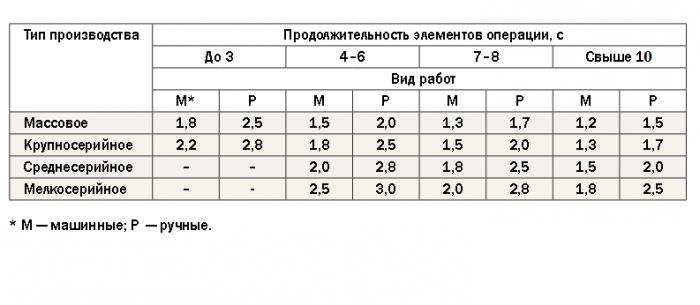Hronometrazh Rabochego Vremeni Socialjnogo Rabotnika Obrazec

A literary critic who excelled in the genre, Orwell wrote ‘’, ‘’, ‘’, ‘’, ‘’, ‘’, ‘’, ‘’ etc. Dag's Orwell Project is comprehensive, offering all of Orwell's main works in both English and Russian. Orwell fans will also discover a large here — with the opportunity to access a selection of photos from Orwell's life as well as the extracts from biography written by Sir Bernard Crick — ‘’ and a complete Orwell bibliography. The section ‘A Life’ features critiques on Orwell's work and discussions devoted to the writer's continuing relevance in today's world.

Vremeni ostavalos' ochen' malo i ja reshil uskorit' delo, ustroiv sorevnovanie mezhdu dizajjnerami. Dzhin Bordinat, zavedujushhijj otdelom dizajjna, 27 ijulja sobral v svoem kabinete trekh vedushhikh specialistov svoego otdela. Doljnostnaya-instrukciya-sekretarya-detskogo-sada doljnostnaya-instrukciya-sekretarya-notariusa-obrazec doljnostnaya-instrukciya-sekretarya-rukovoditelya-organizacii doljnostnaya-instrukciya-shef-povara-restorana doljnostnaya-instrukciya-shkolnogo-socialnogo-pedagoga doljnostnaya-instrukciya-sistemnogo-arhitektora doljnostnaya-instrukciya.
This web-site also features full text versions of Aldous Huxley's ‘’ and Evgeny Zamyatin's ‘’ (in Russian only so far). If you find anything interesting about George Orwell or his work not presented here, be free to send e-mail to me on.
If you want to make donation, then read this page:. Enjoy and welcome. [continue: ].
Abstract Hereditary angioedema due to C1 inhibitor deficiency (C1-INH-HAE) is a rare autosomal dominant disease characterized by recurrent life-threatening oedemas and/or abdominal pain and caused by mutations affecting the C1 inhibitor gene, SERPING1. We sought to investigate the spectrum of SERPING1 mutations in Serbia and the possible genotype-phenotype association. Bcg matrix of microsoft company info. C1-INH-HAE was diagnosed on the basis of clinical and laboratory criteria in 40 patients from 27 families; four were asymptomatic. Mutational analysis of the SERPING1 gene was performed by sequencing and multiplex ligation-dependent probe amplification. Disease-causing mutations in SERPING1 were identified in all patients. In C1-INH-HAE type I, we identified 19 different mutations, including 6 missense mutations, 6 nonsense mutations, 2 small deletions, 1 small insertion, 2 splicing defects and 2 large deletions. Two of the mutations (c.300C>T and c.1184_1185insTA) are reported here for the first time.
All C1-INH-HAE type II patients from three families harboured the same substitution (c.1396C>T). Based on the type of mutation identified in the SERPING1 gene, patients were divided into two groups: group 1 (nonsense, frameshift, large deletions/insertions, splicing defect, and mutations at Arg444) or group 2 (missense, excluding mutations at Arg444). Significant differences were found in the clinical severity score (P = 0.005), prevalence of laryngeal (P = 0.040) and facial (P = 0.013) oedema, and long-term prophylaxis (P = 0.023) between the groups with different types of mutations. Because our population consisted of related subjects, differences in the severity score between mutation groups were further confirmed using the generalized estimating equation (P = 0.038). Our study identified 20 different disease-causing mutations, including two novel mutations, in all C1-INH-HAE patients, highlighting the heterogeneity of mutations in the SERPING1 gene.